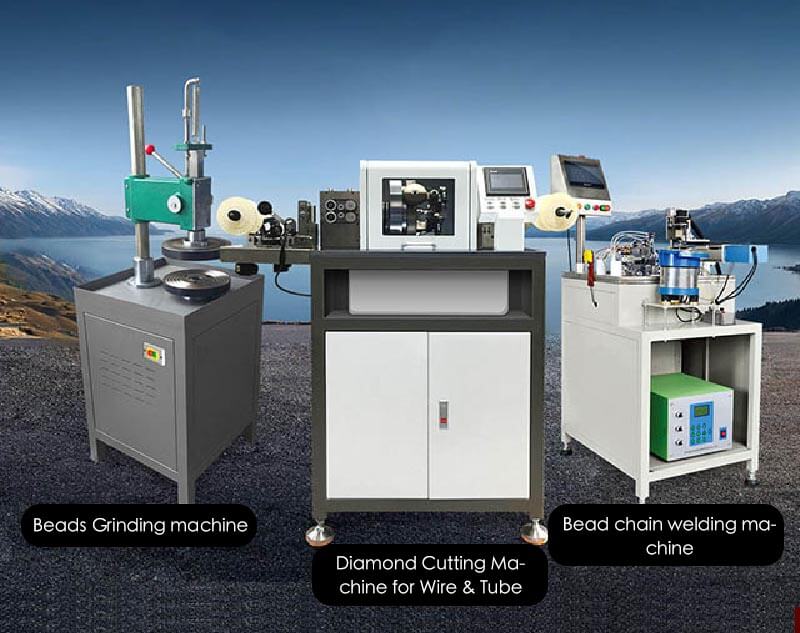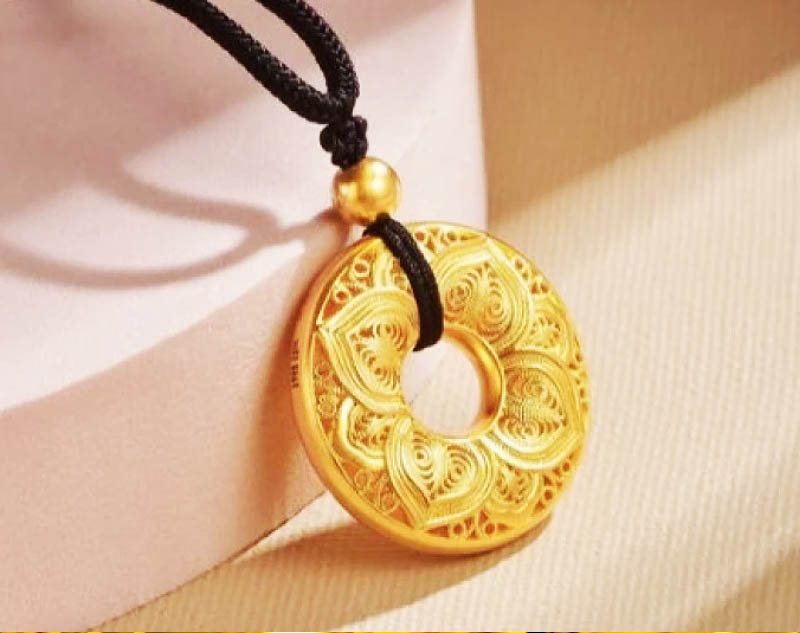Hollow Ball Production Solution
sible provides customers with the complete process flow and corresponding equipment description of the jewelry bead production line, arranged in order of production:
Standardized production process of jewelry beads
1. Metal melting - continuous casting machine
Function: Melt the metal raw materials (silver/copper/K gold, etc.) and inject them into the mold to form a long strip of metal blank.
Output: Long metal plates with a diameter of 5-20mm (basic blanks for subsequent processing).
2. Billet rolling - sheet press
Function: Roll the metal rod into a sheet or strip with uniform thickness.
Key parameters: Thickness accuracy control ±0.05mm (affects the consistency of subsequent slicing).
3. Tube forming - pipe welding machine
Function: Curl the metal strip into a round tube and weld the seam.
Output: Metal tubes with a diameter of 1-10mm (for making hollow beads).
4. Tube finishing - tube drawing machine
Function: Gradually stretch the welded tube through multiple dies to achieve the target diameter and wall thickness.
Key points of the process: The reduction of each stretching is ≤15%, and intermediate annealing is required to restore ductility.
5. Bead blank cutting - slicer
Function: Cut metal tubes/rods into bead blank units of equal thickness.
Precision requirements: Length tolerance ±0.1mm (to avoid different sizes of subsequent beads).
6. Bead shaping - hammer bead machine
Function: Forge the cut bead blank into a spherical shape through a high-speed rotating hammer or centrifugal ball.
Type:
Impact type: suitable for solid beads, high efficiency
Drum type: suitable for hollow beads, more uniform deformation
7. Surface finishing - grinder
Multi-stage processing flow:
1. Rough grinding: remove hammer burrs (80-120 mesh sand)
2. Fine grinding: surface flatness (240-400 mesh sand)
3. Polishing: mirror/matte effect (polishing paste + cloth wheel)
8. Personalized processing - CNC engraving machine (optional)
Function: engrave patterns/LOGO/hollow patterns on the surface of beads.
Precision: ±0.01mm, minimum engraving knife diameter 0.2mm.
Key process control points
Links----------Quality control focus-------------Frequently asked questions avoidance
Pipe drawing----------Wall thickness uniformity (±0.03mm)---------Regularly replace the drawing die
Ball hammering----------Sphere roundness (≤0.1mm deviation)-------Control the matching degree between the blank volume and the cavity
Grinding---------Surface scratch-free/collapsed edge -------Replace the grinding medium in stages
Production line design suggestions
1. Flexible production: Through the rapid mold change system (such as pipe drawing machine/bead hammering machine mold), the same production line can produce beads of different specifications of 3mm-15mm.
2. Waste recycling: Set up a metal dust collection system for the grinding and polishing link, and the recovery rate can reach 95%.
3. Automated connection: Slicing → hammering → grinding can use a vibrating plate for automatic loading to reduce manual handling.
Note: Hollow beads need to add a process after welding the pipe-filling refractory gypsum before precision cutting (to prevent deformation), and pickling to remove the filler after the final polishing.






